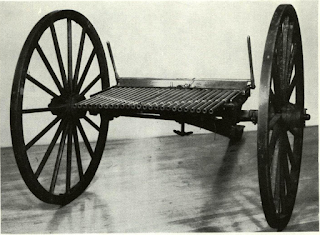Instead, the Requa guns, five in all, purchased at a
geant of the 25th South Carolina Infantry, then in Fort
Whether the Confederates ever used such a gun is
These curious piano-hinge organs whose song was
24, , at $40 per 100, a reduction in price of $10
per hundred. Five guns at $1,000 each were received
geant of the 25th South Carolina Infantry, then in Fort
Whether the Confederates ever used such a gun is
These curious piano-hinge organs whose song was
24, , at $40 per 100, a reduction in price of $10
per hundred. Five guns at $1,000 each were received

Comments
Post a Comment